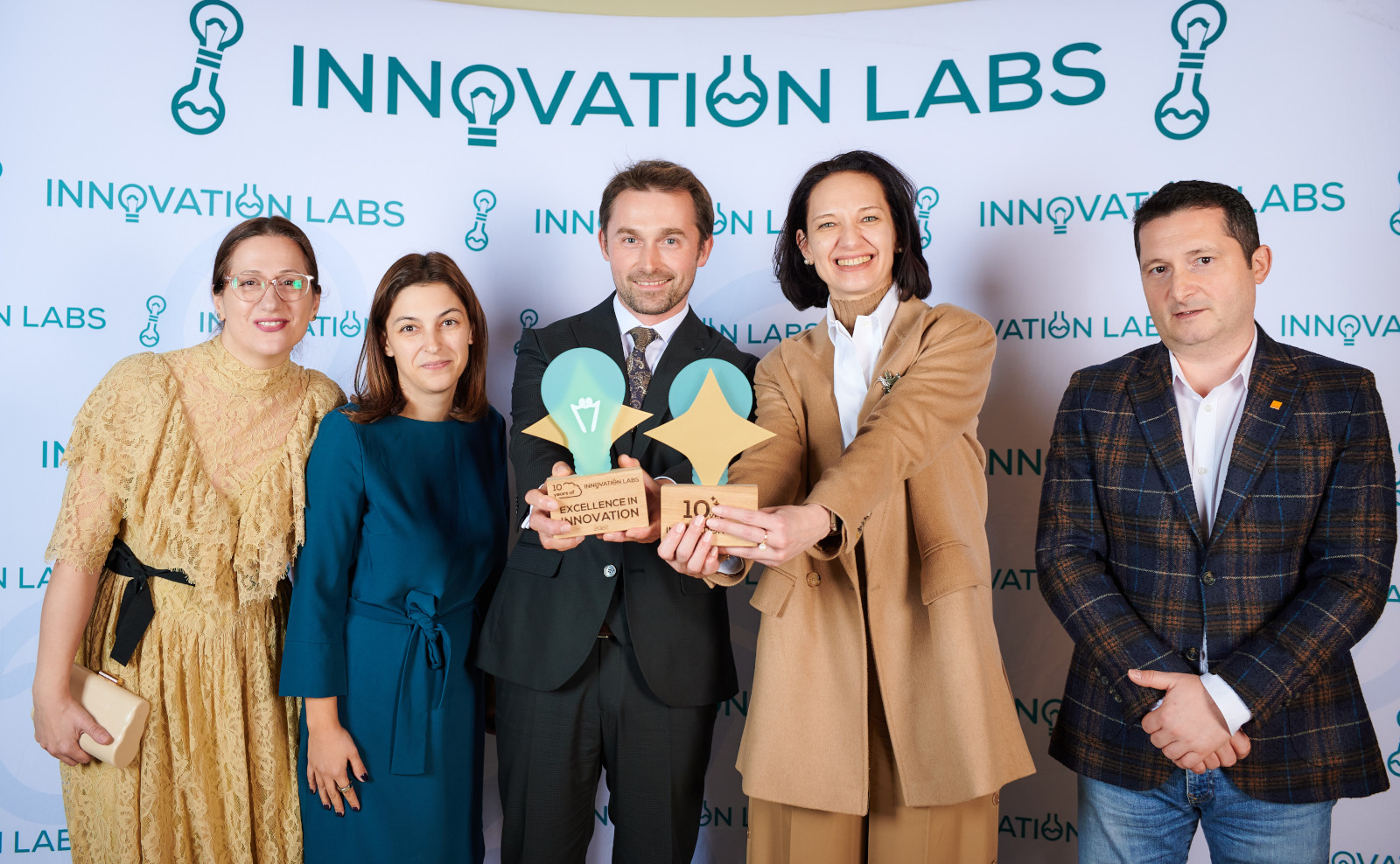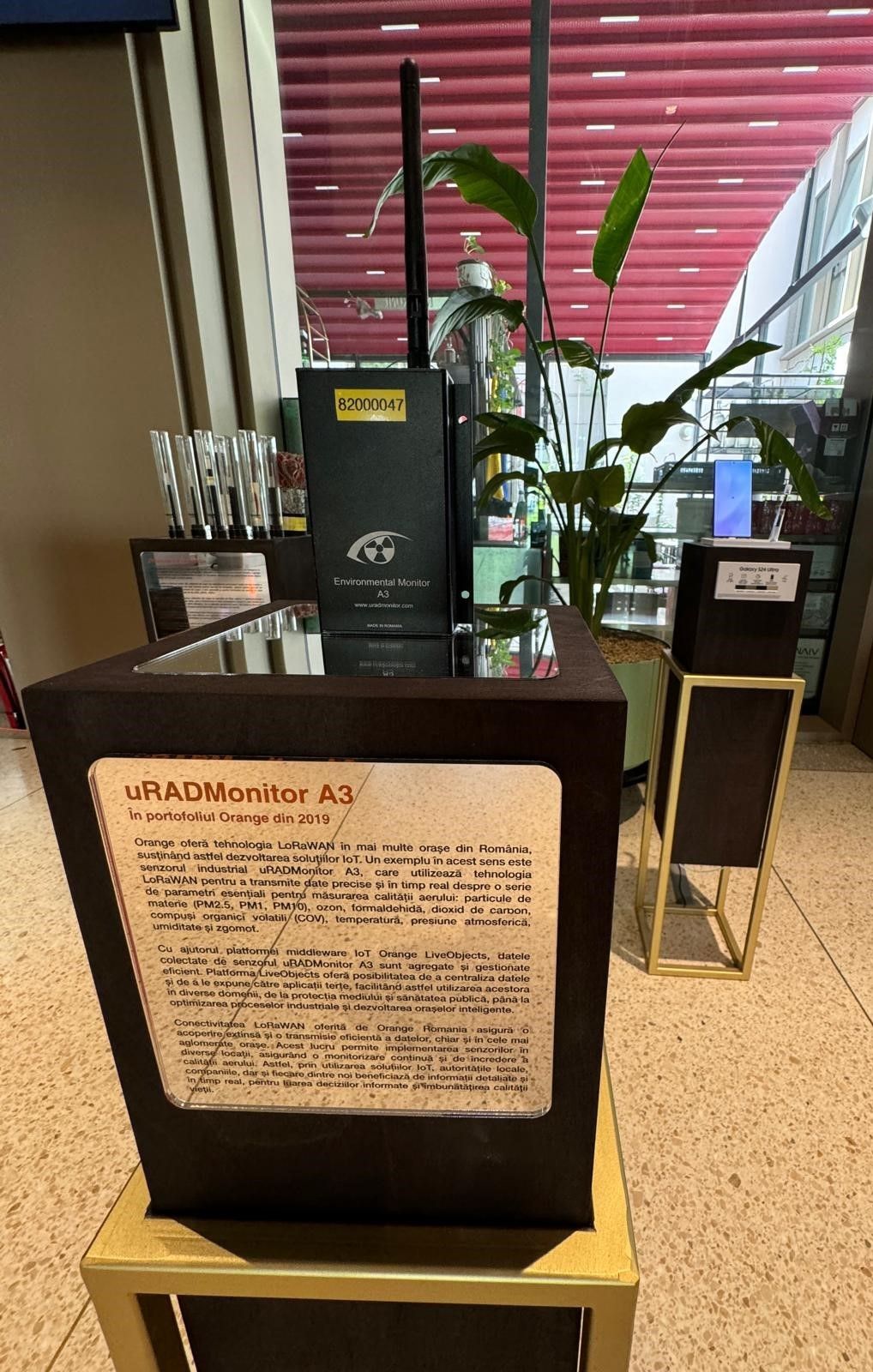
What started almost 125 years ago in the form of the wireless telegraph, an invention attributed to the italian inventor Marconi, now is part of our every day life, so deeply integrated into our lifestyles and work processes that there’s no going back. Telecommunications are undeniably one of humanity’s greatest accomplishments, driven by an inherent need to connect communities across vast distances.

Just a few generations later, the hard work of innovators and visionaries transformed early achievements into remarkable new devices and technologies, pushing the boundaries of physics to enhance human usability. Innovation was the crucial factor in evolving from bulky, room-sized equipment with limited range to modern radio devices and protocols that surpass impressive boundaries. When this article was written, Voyager 1 was the most distant human-made object from Earth. Currently situated 24,365,151,038 kilometers away, radio signals traveling from Voyager 1 at the speed of light take 22 hours, 34 minutes, and 33.3956 seconds to reach us. These numbers are hard to digest, but they are the direct result of human ingenuity.

Back on Earth, telecommunication technologies are still evolving to solve multiple challenges. While urban agglomerations often offer high bandwidth links of multiple types, including redundancy, there are many spots that are hard to cover. One such challenge is related to offering data links in remote areas. In our endeavor to establish the most extensive network of environmental sensors globally, it became evident that achieving uniformity would be challenging:
This challenge stems from various factors: economic, social, and political, with technological obstacles, particularly in remote areas, proving especially difficult to overcome.
Orange promotes innovation in telecommunications
Meeting the right people proved fortunate, making the journey to solve these problems suddenly smoother and more enjoyable. Orange is a global pioneer of telecommunication innovation and our roads crossed on several occasions , yielding positive outcomes. Such examples include their OrangeFAB program or the huge support behind the national Innovation Labs program.

2016 was the year we got along with LoRaWAN . Orange excelled in making this IOT tech available very early and we were among the first to take advantage of it, a very good window of opportunity. It was awesome to have our sensors talk over more than 15km, sending in #airquality measurements from the remotest areas. Our LoRaWAN enabled devices brought us considerable market interest and greatly contributed to the development of our company because it was so good.
One of ours top technical records worth mentioning is with a uRADMonitor A3 device that achieved a direct radio transmission via LoRaWAN of more than 41 km, across sea water:

The MODEL A3 is a plug and play advanced air quality monitoring station with multiple sensors for Particulate Matter (PM2.5, PM1, PM10), Ozone, Formaldehyde, Carbon Dioxide, Volatile Organic Compounds (VOC), temperature, barometric pressure, air humidity and noise. Read more on the product’s page.
A museum dedicated to technology innovation
Orange announced the opening of an expo showcasing a brief history of telecommunication devices:
“We mark the merger between Orange Romania and Orange Romania Communications with a short journey through the history of telecommunications with the help of the devices that made it possible to transmit and receive long-distance sounds from 1931 until today. We invite you to virtually discover exhibits that have marked the field of telecommunications in Romania. And if you want to see them, you are welcome at our headquarters in Bucharest, in the “Tandem” reception area. “

We are proud and happy that one of our uRADMonitor devices is there to showcase the usefulness of LoRaWAN technology for long range data transmissions of environmental parameters from remote locations.

codemore code
~~~~